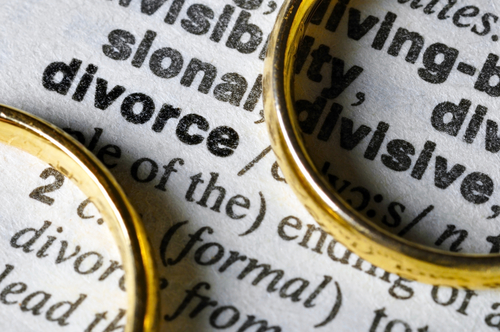Retirement
Pensions in divorce settlements

As the official unveiling of George Osborne’s long-trailed pension reforms neared earlier this year, commentators in the field of family law forecast that the impending changes would see the role of pensions in divorce settlements increase significantly.
With little over a month elapsed since the reforms’ introduction, such speculation appears to have been vindicated already; as YourMoney.com reported yesterday, new research published by Equiniti suggests that pensions are now a sought after asset for divorcing couples – and indications are that their role will only increase in future.
For leading family law practitioner Marilyn Stowe, this upsurge has been a long time coming. She believes that pensions have historically tended to be overlooked by courts when ‘reasonable needs’ have been calculated, due to a focus on current circumstances and immediately available capital and assets.
“The partner in a divorce who takes care of the children has obvious immediate needs, which has previously meant most of the immediately available assets are used up in their favour,” says Stowe.
Now that retirees are no longer obliged to purchase an annuity, and the freedoms theoretically allow all of a pension to be withdrawn as cash, that perception has changed.
Another reason for the previously negligible role of pensions in divorce, Stowe believes, is that they could be difficult to value. While the freedoms may have alerted many divorcing couples to the potential significance of pensions in a settlement, this issue arguably remains. By definition, if a divorce happens long before either partner reaches retirement age, a pension may not be a significant asset at that point. However, the pension will remain with its owner and continue to grow in correlation with future earnings – when the holder reaches 55, it could be a significant concentration of wealth with the capacity to provide a remaining lifetime income for both partners.
Furthermore, how pensions are valued can vary. “For instance, a pension provider may rate the worth of a pension according to valuation methods that unfairly suit the holder, and adversely affect the share the recipient is granted,” says Stowe.
As a result, it is vital that a pension is valued by an independent expert. A professional valuation will take into account when it can be accessed, what it will be worth at that stage, and how it can be fairly shared.
“If the pension assets include any property, a check is required as to how and when it was last valued or if it’s due a rent review,” says Stowe.
“You need to consider how much of the pension would produce a reasonable income as age differences between the parties might mean that a 50/50 split isn’t sensible. You might want some of the pension to be ring fenced from division because it was earned before the marriage took place.”
It’s also important to consider that the pension freedoms have the potential to negatively impact divorcees who have already established pension agreements, such as earmarking orders.
“Earmarking orders are intended to give an ex-partner a fixed share of their former spouse’s pension income when they retire. However, if a pension holder withdraws all their funds in a single lump sum, rather than as income, an earmarking order is indirectly invalidated,” says Stowe.
“It is important that divorcees with earmarking orders act quickly, to ensure their rights are protected, and they receive the same benefit even if their partner withdraws their entire pension at once.
“Remember also to ensure that not only do you have the right figures but you are clear exactly when the pension will become payable and if there is a time gap between settlement and payment of the pension, that maintenance adequately covers the gap.”